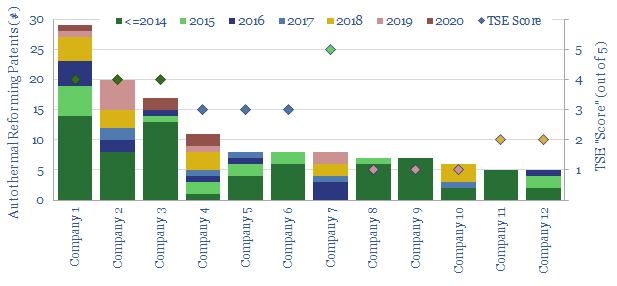
The aim of this data-file is to assess who has the leading technology for producing industrial hydrogen: but especially blue hydrogen from auto-thermal reformers, which was highlighted as an opportunity…
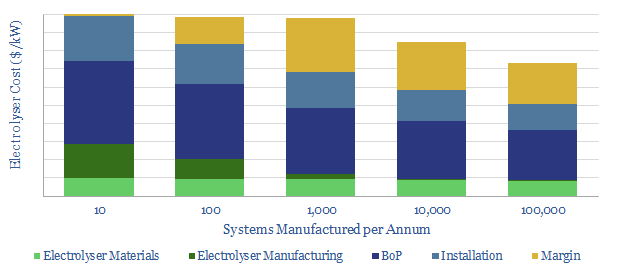
…cart The importance of green hydrogen cost deflation is quantified on pages 2-4, using worked examples from the power industry, trucking industry and by comparison to blue hydrogen. Total installed…
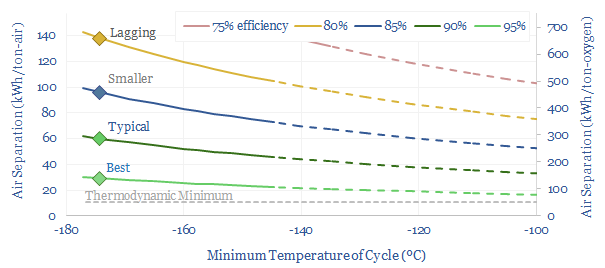
…like batteries, by scaling up and down to smooth out an increasingly volatile power grid? What implications for blue hydrogen, green hydrogen, Allam Cycle oxy-combustion, direct air capture energy economics?…

…6kg/boe, 1kg/mcfe, or +2% on Scope 3 emissions) and/or Permian gas in LNG or blue hydrogen value chains (0.3%). Residential gas use is closer to 0.8-1.2%, which is 4-6kg/mcfe; or…
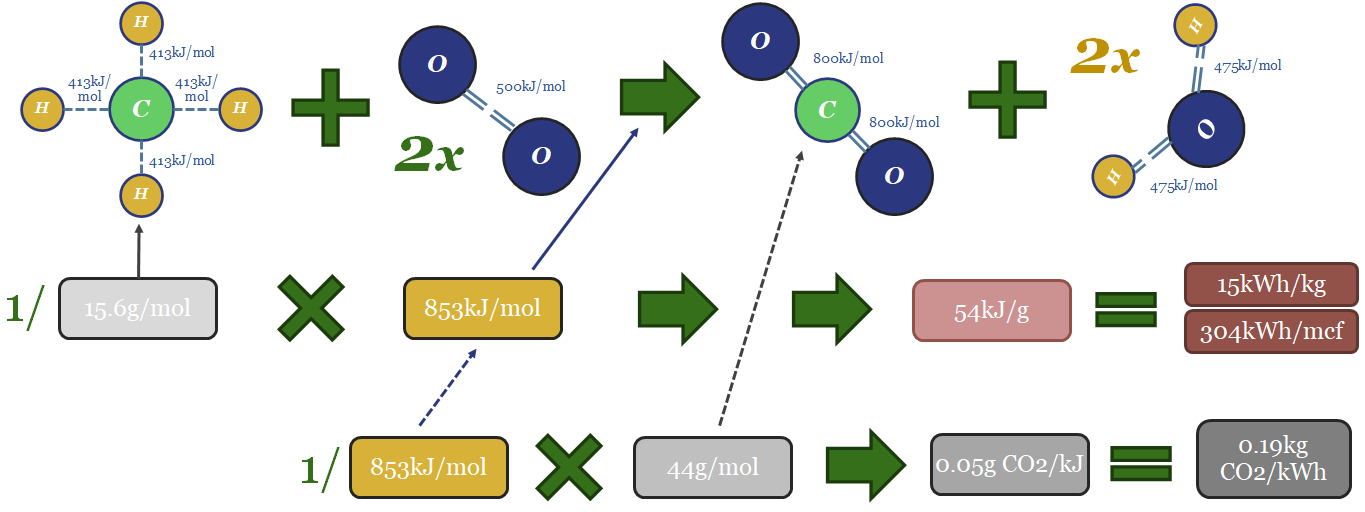
…hydrogen industry is currently looking for the perfect hydrogen carrier — is it ammonia? is it toluene? — in our view, a near-perfect one already exists, it is called natural…
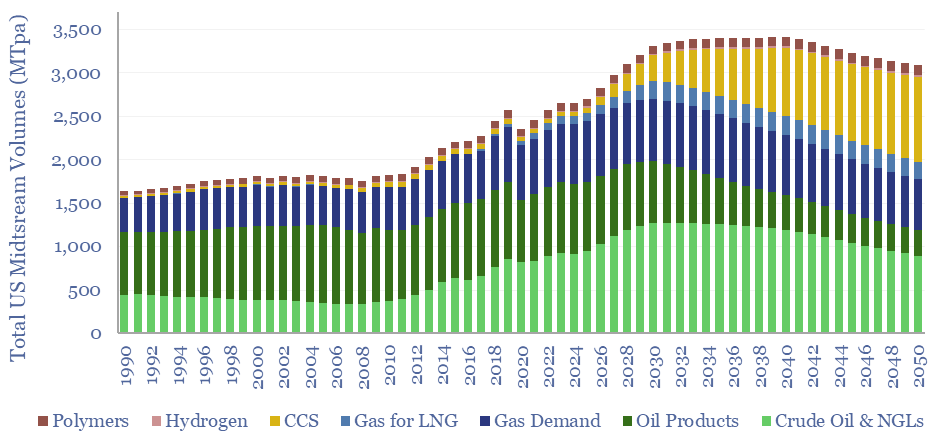
…$0.7/mcf, gas dehydration at $0.02/mcf, LNG transport at $1-3/mcf, CO2 pipelines at $5/ton/100km, liquefied CO2 shipping at $8/ton/1,000km, CO2 disposal at $20/ton, hydrogen blending, hydrogen transportation, hydrogen storage at $2.5/kg….
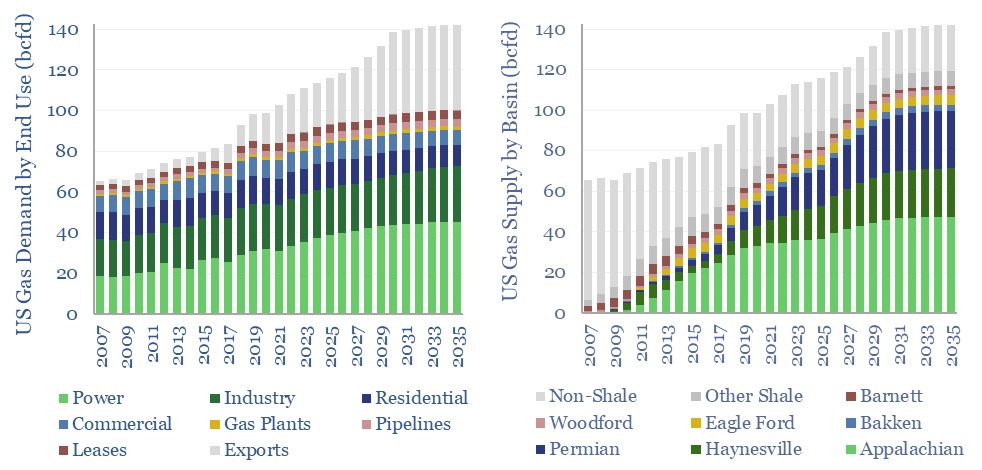
…global LNG, key export markets, materials demand, reshoring, blue hydrogen, blue ammonia, blue steel, blue chemicals and CCS. It is all connected. Our definition of US gas markets – what…
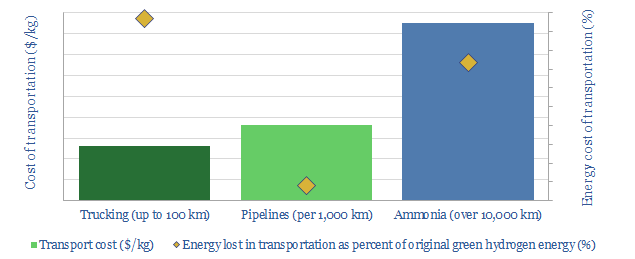
…hydrogen pipelines and chemical hydrogen carriers (e.g., ammonia). Midstream costs will be 2-10x higher than comparable gas value chains, while up to 50% of hydrogen’s embedded energy may be lost…
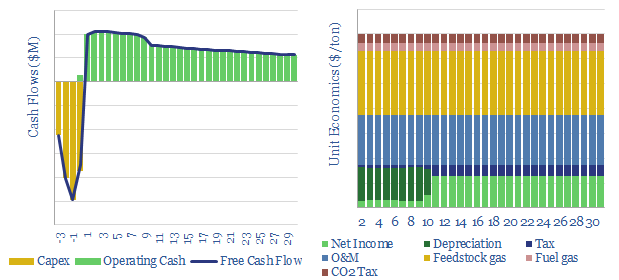
…gas reforming, blue methanol from blue hydrogen and industrially captured CO2, green methanol from green hydrogen and direct air capture CO2, and finally bio-methanol. Inputs are taken from a wide…
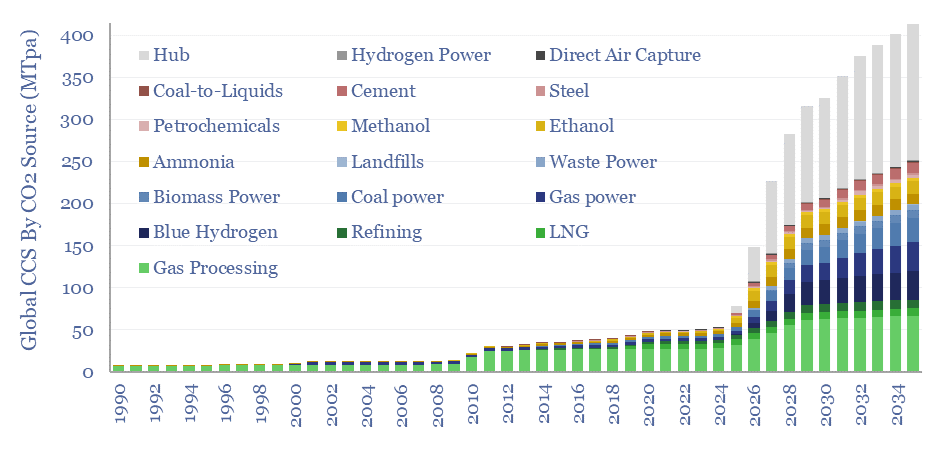
…c15% by 2035. The second biggest clear source is via the rise of blue hydrogen and blue ammonia projects, which are the source for 11% of risked CCS by 2035….










